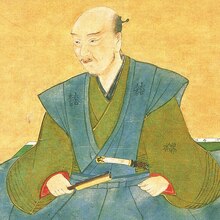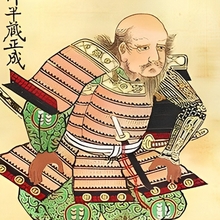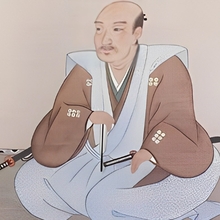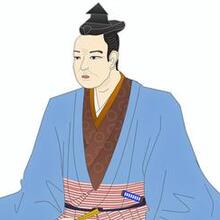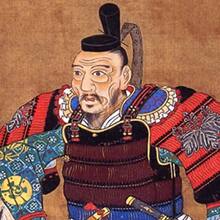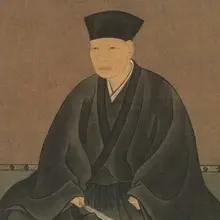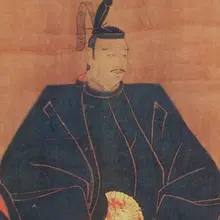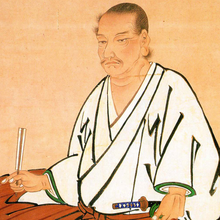
Personal
Other names:
Matsudaira Takechiyo, Matsudaira Motoyasu
松平 竹千代, 松平 元康
Job / Known for:
Shogun of Japan, founder of the Tokugawa shogunate
Left traces:
The Tokugawa shogunate, which ruled Japan
Born
Date:
1543-01-31
Location:
JP
Okazaki Castle, Mikawa (now Okazaki, Aichi)
Died
Date:
1616-06-01 (aged 73)
Resting place:
JP
Death Cause:
Stomach cancer
Family
Spouse:
Lady Tsukiyama, Asahi no kata
Children:
Matsudaira Nobuyasu, Kamehime, Toku-hime, Yuki Hideyasu, Tokugawa Hidetada, Matsudaira Tadayoshi, Takeda Nobuyoshi, Matsudaira Tadateru
Parent(s):
Matsudaira Hirotada (father), Odai no Kata (mother)
QR Code:
Show More
Rank
Users ranking to :
Thanks, you rate star
Ranking
5.0
1
Fullname
Tokugawa Ieyasu
Fullname NoEnglish
徳川 家康
Slogan
The strong manly ones in life are those who understand the meaning of the word patience.
About me / Bio:
Show More
Article for Tokugawa Ieyasu
Died profile like Tokugawa Ieyasu
Comments:



